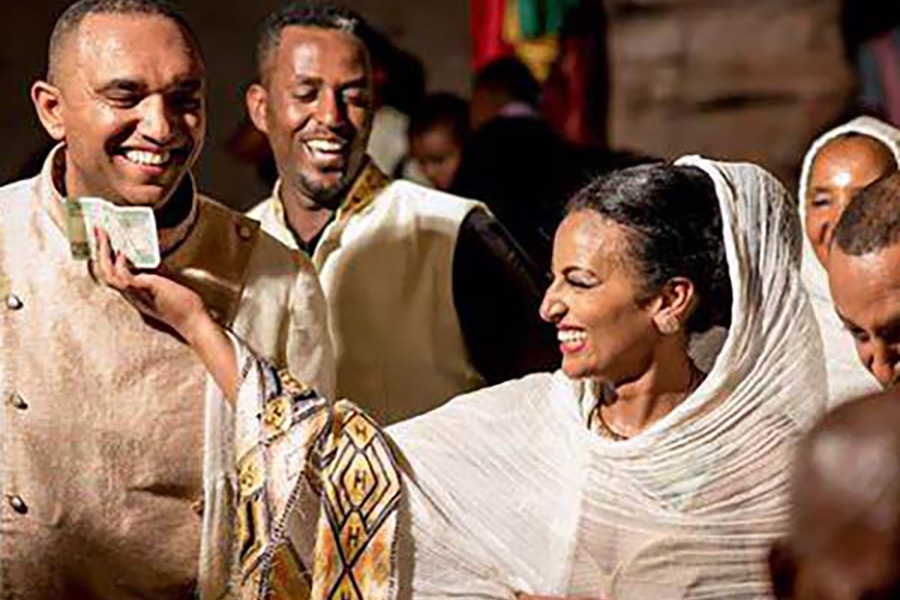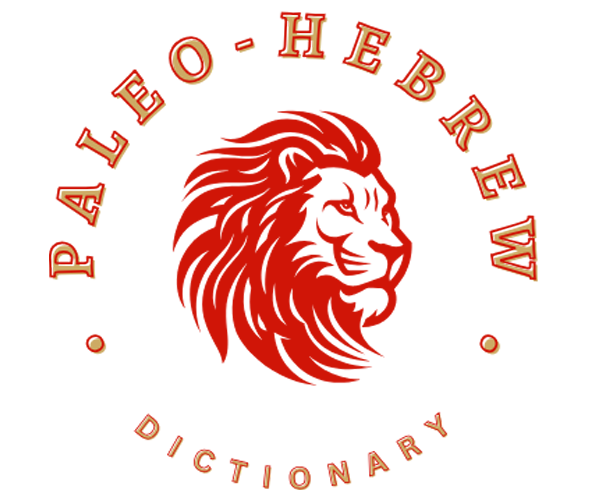Afroasiatic Languages
The Afroasiatic (Afro-Asiatic) languages are a large language family of about 300 languages that are spoken predominantly in Western Asia, North Africa, the Horn of Africa, and parts of the Sahel.
The family of languages is also known as Afrasian, Hamito-Semitic, Semito-Hamitic, or Erythraean. With the exception of Semitic, all branches of the Afroаsiatic family are spoken exclusively on the African continent. By far the most widely spoken Afroasiatic language or dialect continuum is Arabic.
If you are interested in learning more about the 𐤔𐤌𐤉 (Shamay) or Semitic people, you can learn more in the resources section of the website.
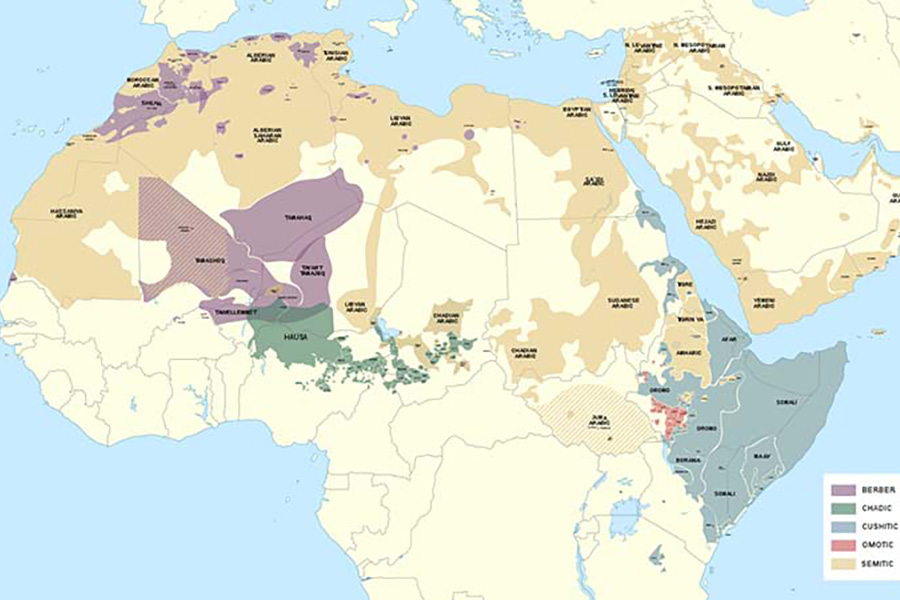
Table of Contents
History of Afroasiatic Languages
In addition to languages spoken today, Afroasiatic includes several important ancient languages, such as Ancient Egyptian, which forms a distinct branch of the family, and within the Semitic family, Akkadian, Ābarayat (Biblical Hebrew), and Old Aramaic. There is no consensus among historical linguists concerning the original homeland of the Afroasiatic family or the period when the parent language (i.e. Proto-Afroasiatic) was spoken. Proposed locations include the Horn of Africa, North Africa, the Eastern Sahara, and the Levant.
While there is no definitive agreement on when or where the original homeland of this language family existed, many link the first speakers to the first farmers in the Levant who would later spread to North and East Africa. Others argue the first speakers were pre-agricultural and based in North East Africa.
However, based on a historical view of the scriptures it is possible that the language emerged post-division of the lands to 𐤉𐤐𐤕 (Yaphat), 𐤔𐤌 (Sham), and 𐤇𐤌 (Kham). Once 𐤉𐤐𐤕 (Yaphat) and his descendants left the language probably emerged from interactions by the descendants of 𐤔𐤌 (Sham) and 𐤇𐤌 (Kham) over the years near the Northeast part of Africa, which is called Arabia in the 21st-century.
In the 9th-century, the Hebrew grammarian Judah ibn Quraysh of Tiaret in Algeria became the first to link two branches of Afroasiatic together; he perceived a relationship between Berber and Semitic. He knew of Semitic through his study of Arabic, Hebrew, and Aramaic. In the course of the 19th-century, Europeans also began suggesting such relationships. In 1844, Theodor Benfey proposed a language family consisting of Semitic, Berber, and Cushitic (he called the latter “Ethiopic”).
The earliest written evidence of an Afroasiatic language is an Ancient Egyptian inscription dated to c. 3400 BC (c. 525 AM). Symbols on Gerzean (Naqada II) pottery resembling Egyptian hieroglyphs date back to c. 4000 BC, suggesting an earlier possible dating. This gives us a minimum date for the age of Afroasiatic. However, the Ancient Egyptian language is highly divergent from Proto-Afroasiatic, and considerable time must have elapsed between them.
Estimates of the date at which the Proto-Afroasiatic language was spoken vary widely. Archaeologists speculate that it ranges between approximately 7,500 BC (9,522 years before 2022 AD Gregorian), and approximately 16,000 BC (18,022 years ago before 2022 AD Gregorian).
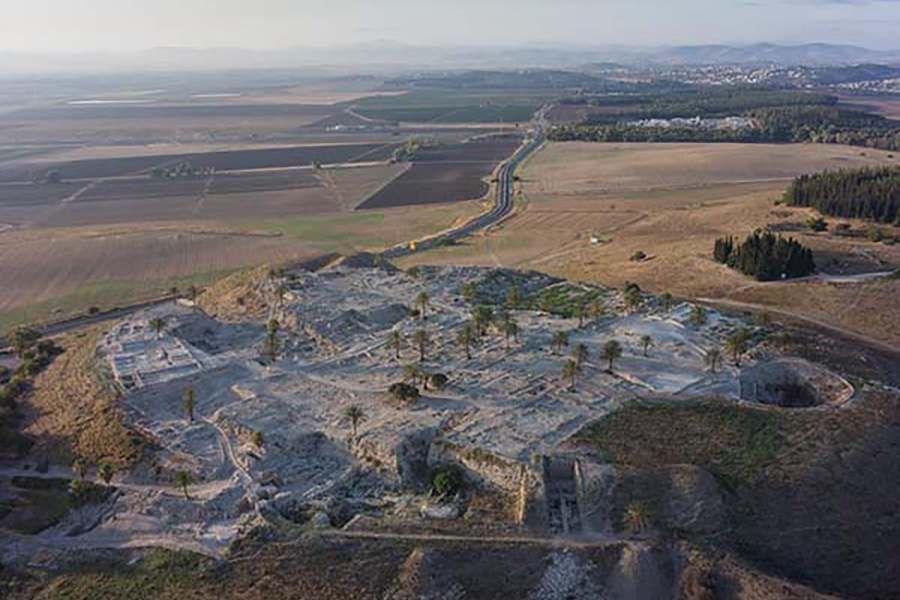
Afroasiatic is one of the four major language families spoken in Africa. It is one of the few whose speech area is transcontinental, with languages from Afroasiatic’s Semitic branch also spoken in the Middle East and Europe.
Linguistic Similarities
Some of the similarities that link the languages include:
- A two-gender system in the singular, with the feminine marked by the sound /t/.
- All Afroasiatic subfamilies show evidence of a causative affix s.
causative indicates that a subject either causes someone or something else to do or be something or causes a change in the state of a non-volitional event. - Semitic, Berber, Cushitic (including Beja), and Chadic support possessive suffixes.
Berber Language Family
The Berber languages, also known as the Amazigh languages are a branch of the Afroasiatic language family. They comprise a group of closely related languages spoken by the Berbers, who are indigenous to North Africa. The languages were traditionally written with the ancient Libyco-Berber script, which now exists in the form of Tifinagh.
Berber is spoken by large populations of Morocco, Algeria, and Libya, by smaller populations of Tunisia, northern Mali, western and northern Niger, northern Burkina Faso, and Mauritania, and in the Siwa Oasis of Egypt. Large Berber-speaking migrant communities, today numbering about 4 million, have been living in Western Europe, spanning over three generations, since the 1950s. The number of Berber people is higher than the number of Berber speakers.
Ethnicity: Berbers (Imaziɣen)
Geographic distribution: North Africa, mainly Morocco, Tunisia, Algeria, Libya, northern Mali, and northern Niger; smaller Berber-speaking populations in Burkina Faso, Egypt, Mauritania, and the Spanish city of Melilla.
Child Languages:
- Northern
- Kabyle
- Atlas
- Shilha
- Central Atlas Tamazight
- Senhaja de Srair
- Ghomara
- Zenati
- Riff
- Mzab–Wargla
- Libyan and Tunisian
- Zenati
- Sened
- Matmata
- Tataouine
- Jerba
- Zuwara
- Shenwa
- Eastern Moroccan Zenati
- Iznasen
- Ait Seghrouchen
- Shawiya
- Western
- Zenaga
- Tetserret
- Tuareg
- Tamahaq
- Tamasheq
- Air Tamajeq
- Tawellemet
- Eastern
- Siwi
- Sokna
- Nafusi
- Awjila
- Ghadamès
- East Numidian
- Guanche

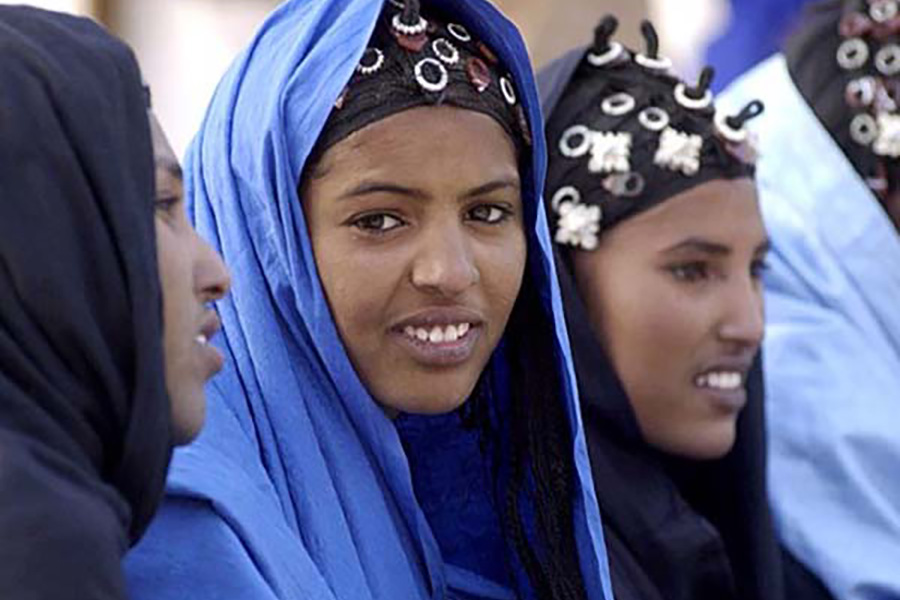
Chadic Language Family
The Chadic languages form a branch of the Afroasiatic language family. They are spoken in parts of the Sahel. They include 150 languages spoken across northern Nigeria, southern Niger, southern Chad, the Central African Republic, and northern Cameroon. The most widely spoken Chadic language is Hausa, a lingua franca of much of inland Eastern West Africa.
Ethnicity: Nigerian, Chadian, Central African, Cameroonian
Geographic distribution: Nigeria, Niger, Chad, Central African Republic, Cameroon
Child Languages:
- Biu–Mandara
- South
- Hurza
- North
- East Chadic
- East Chadic A
- Sibine (A.1.1)
Mire, Ndam, Somrai, Tumak, Motun, Mawer - Miltu (A.1.2)
Boor, Gadang, Miltu, Sarua - Nancere (A.2.1)
Nancere, Kimré, Lele - Gabri (A.2.2)
Gabri, Kabalai, Tobanga - Kwang (A.3)
Kwang, Kera
- Sibine (A.1.1)
- East Chadic B
- East Chadic A
- Masa
- North Masa
- Massa (Masana)
- Zumaya
- Musey–Azumeina
- Musey
- Azumeina (Marba)
- South Masa
- Mesmé
- Peve–Kaɗo
- Pévé
- Ngeté-Herdé
- North Masa
- West Chadic
- West Chadic A
- Hausa–Gwandara
- Bole–Tangale
- Angas
- Ron
- West Chadic B
- Bade
- Warji
- Barawa
- West Chadic A

Cushitic Language Family
The Cushitic languages are a branch of the Afroasiatic language family. They are spoken primarily in the Horn of Africa, with minorities speaking Cushitic languages to the north in Egypt and Sudan, and to the south in Kenya and Tanzania. As of 2012, the Cushitic languages with over one million speakers were Oromo, Somali, Beja, Afar, Hadiyya, Kambaata, Saho, and Sidama.
Ethnicity: Egyptian, Sudanese, Somalian
Geographic distribution: Egypt, Sudan, Horn of Africa, East Africa
Child Languages:
- Beja
- Agaw languages (Central)
- Awngi
- Bilen
- Qimant
- Xamtanga
- Dullay
- Gawwada (Ale)
- Tsamai
- Dihina (Ale)
- Dobase
- Highland East Cushitic (Sidamic)
- Burji (divergent)
- Sidamic proper
- Sidamo
- Gedeo
- Hadiyya–Libido
- Kambaata–Alaba.
- Lowland East Cushitic
- Saho–Afar
- Afar
- Saho
- Oromoid
- Oromo
- Oromo
- Eastern Oromo
- Borana
- Orma
- Waata
- Konsoid
- Konso
- Dirasha (Gidole)
- Bussa (Mossiya)
- Mashile
- Turo
- Gato
- Oromo
- (Western) Omo–Tana
- Arbore
- Daasanach
- El Molo
- Yaaku
- Macro-Somali
- Rendille
- Somali
- Baiso
- Girirra
- Boni
- Dahalo
- Rift
- Ongota
- Yaaku
- Dullay
- Gawwada (Ale)
- Tsamai
- Dihina (Ale)
- Dobase
- Boon
- Saho–Afar
- South Cushitic
- Taita Cushitic (extinct)
- Nyanza Rift (extinct)
- West Rift
- North
- Iraqwoid
- Gorowa
- Iraqw
- Alagwa
- Iraqwoid
- South
- Burunge
- North
- East Rift (extinct)
- Aasáx (extinct)
- Kw’adza (extinct)
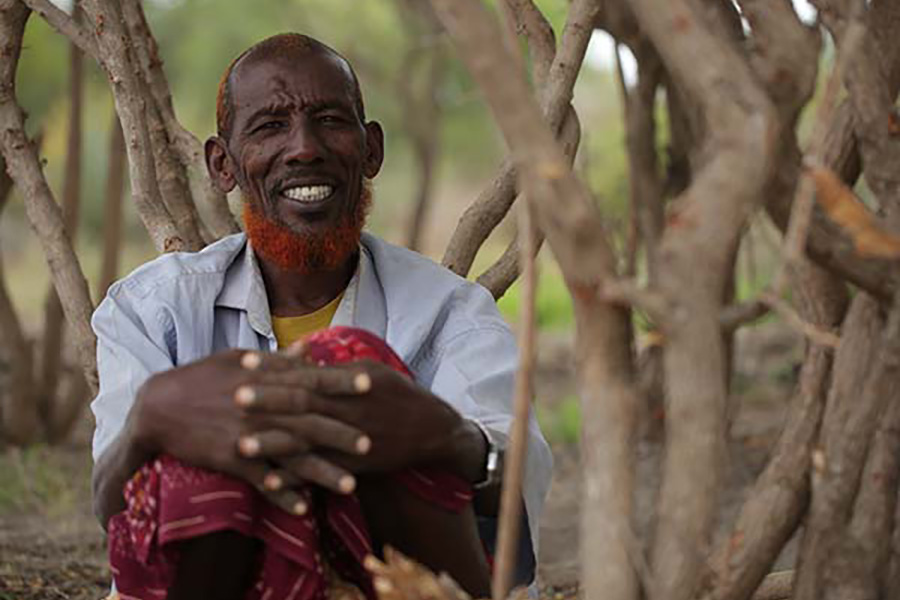
Egyptian Language Family
The Egyptian language or Mizraim language is an Afro-Asiatic language which was spoken in ancient Egypt. Its attestation stretches over an extraordinarily long time, from the Old Egyptian stage (mid-4th millennium BC, Old Kingdom of Egypt). Its earliest known complete written sentence has been dated to about 2690 BC, which makes it one of the oldest recorded languages known, along with Sumerian.
Its classical form is known as Middle Egyptian, the vernacular of the Middle Kingdom of Egypt which remained the literary language of Egypt until the Roman period. The spoken language had evolved into Demotic by the time of Classical Antiquity, and finally into Coptic by the time of Christianisation. Spoken Coptic was almost extinct by the 17th century, but it remains in use as the liturgical language of the Coptic Orthodox Church.
Ethnicity: Ancient Egyptians, Copts
Geographic distribution: Nubia, East Africa
Child Languages:
- Demotic and Coptic
- Upper Egypt
- Sahidic (Thebaic)
- Akhmimic
- Lycopolitan (Subakhmimic and Assiutic)
- Lower Egypt
- Bohairic (Memphitic)
- Fayyumic (Bashmuric)
- Oxyrhynchite (Mesokemic)
- Upper Egypt
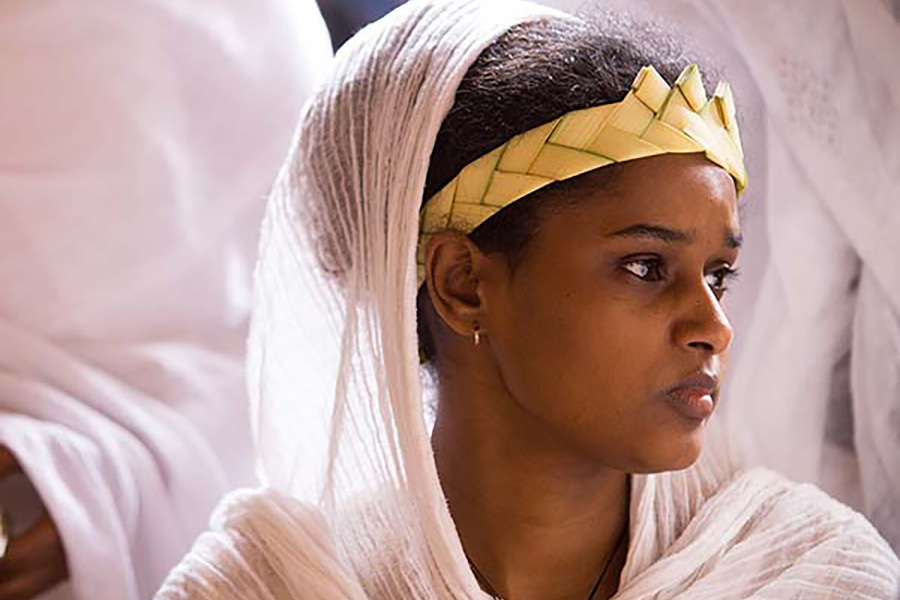
Semitic Language Family
Semitic languages are a branch of the Afroasiatic language family. They are spoken by more than 330 million people across much of West Asia, the Horn of Africa, and latterly North Africa, Malta, and in communities in North America, Europe, the Pacific Islands, and Australasia. The terminology was first used in the 1780s by members of the Göttingen school of history, who derived the name from 𐤔𐤌 (Sham)/Shem, one of the three sons of 𐤍𐤅𐤇 (Nauakh)/Noah in the Book of 𐤁𐤓𐤀𐤔𐤉𐤕 (Ba-Raashayat)/Genesis.
Most scripts used to write Semitic languages are abjads – a type of alphabetic script that omits some or all of the vowels, which is feasible for these languages because consonants are the primary carriers of meaning in Semitic languages. These include the Ugaritic, Phoenician, Ābarayat, Aramaic, Hebrew, Syriac, Arabic, and ancient South Arabian alphabets.
Ethnicity: Arab, Foundational Black American, Hebrew Israelite, Maltese, some Pacific Islanders, Sephardic Jewish, Ashkenazi Jewish.
Geographic distribution: West Asia, North Africa, Horn of Africa, Caucasus, Malta
Child Languages:
- East Semitic
- Akkadian
- Eblaite
- Kishite (Sumer)
- West Semitic
- Central Semitic
- Northwest Semitic
- Aramaic
- Eastern Aramaic
- Classical Syriac
- Ashurian Aramaic (Hatran Aramaic)
- Central Neo-Aramaic
- Turoyo
- Mlahsô
- Northeastern Neo-Aramaic
- Assyrian Neo-Aramaic
- Lishanid Noshan
- Bohtan Neo-Aramaic
- Barzani Jewish Neo-Aramaic
- Chaldean Neo-Aramaic
- Hértevin
- Hulaulá
- Koy Sanjaq Surat
- Lishana Deni
- Senaya
- Lishán Didán
- Jewish Assyrian Neo-Aramaic
- Mandaic
- Jewish Babylonian Aramaic
- Western Aramaic
- Middle Aramaic
- Nabataean Aramaic
- Palmyrene Aramaic
- Western Neo-Aramaic
- Palestinian Aramaic
- Samaritan Aramaic
- Galilean Aramaic
(Jewish Palestinian Aramaic) - Christian Palestinian Aramaic
- Middle Aramaic
- Eastern Aramaic
- Canaanite
- Ammonite (extinct)
- Moabite (extinct)
- Edomite (extinct)
- Phoenician (extinct)
- Punic (extinct)
- Eberite/Ābarayat (being restored)
- Mishnaic Hebrew
- Masoretic Hebrew
(Medieval Hebrew)- Yiddish Hebrew
(Ashkenazim Hebrew)- Israeli Hebrew
- Sephardi Hebrew
- Yiddish Hebrew
- Masoretic Hebrew
- Mishnaic Hebrew
- Ugaritic
- Amorite
- Samalian
- Aramaic
- Arabic
- Maghrebi Arabic
- Siculo-Arabic
- Maltese
- Siculo-Arabic
- Maghrebi Arabic
- Northwest Semitic
- South Semitic
- Eastern
- Modern South Arabian
- Bathari
- Harsusi
- Hobyót
- Mehri–Soqotri
- Shehri
- Modern South Arabian
- Western
- Old South Arabian
- Sabaean
- Minaeic (Madhabic)
- Qatabanic
- Hadramitic
- Awsānian
- Razihi
- Faifi
- Ethiopian Semitic languages
- North Ethiopic
- South Ethiopic
- Old South Arabian
- Eastern
- Central Semitic


Omotic Language Family
The Omotic languages are a group of languages spoken in southwestern Ethiopia. The Ge’ez script is used to write some of the Omotic languages, the Latin script for some others. They are fairly agglutinative and have complex tonal systems. The group is generally classified as belonging to the Afroasiatic language family, but this is disputed by some.
Ethnicity: Ethiopian
Geographic distribution: Ethiopia
Child Languages:
- Aroid
- Aari
- Dime
- Hamer-Banna
- Karo
- North Omotic / Non-Aroid
- Bench
- Gonga
- Anfillo
- Boro (Shinasha)
- Kafa
- Shekkacho
- Ometo
